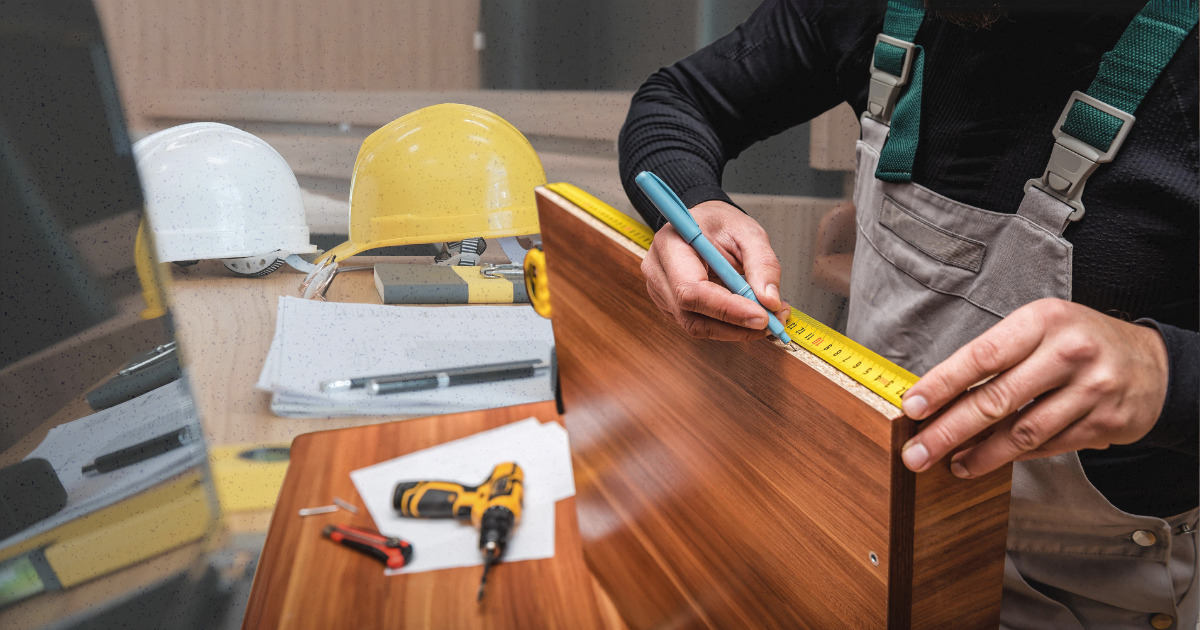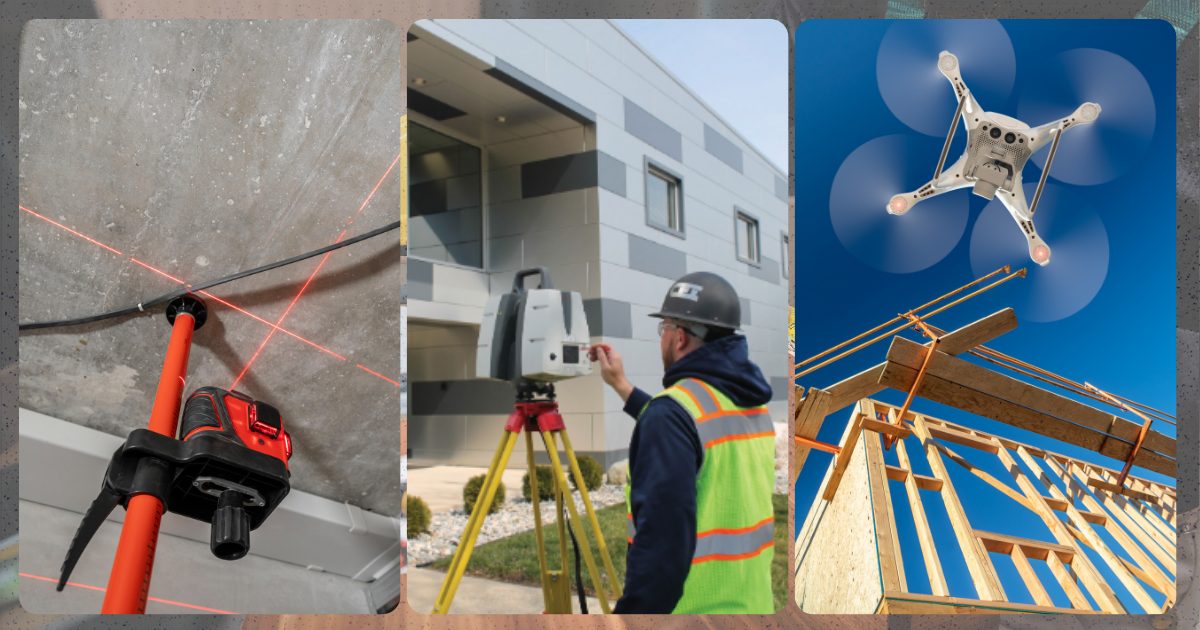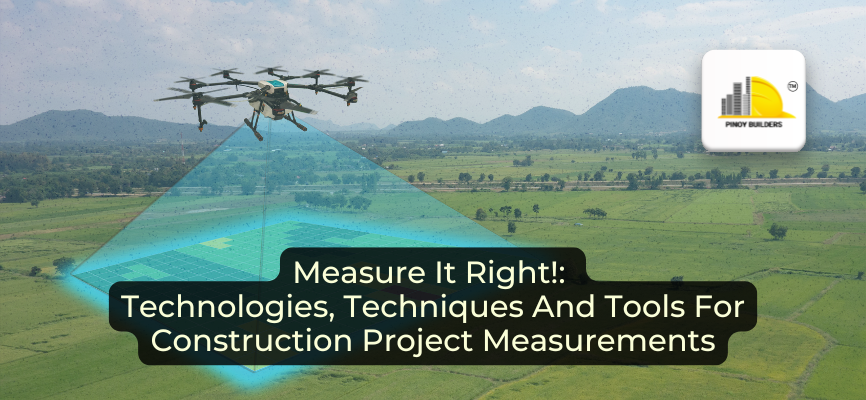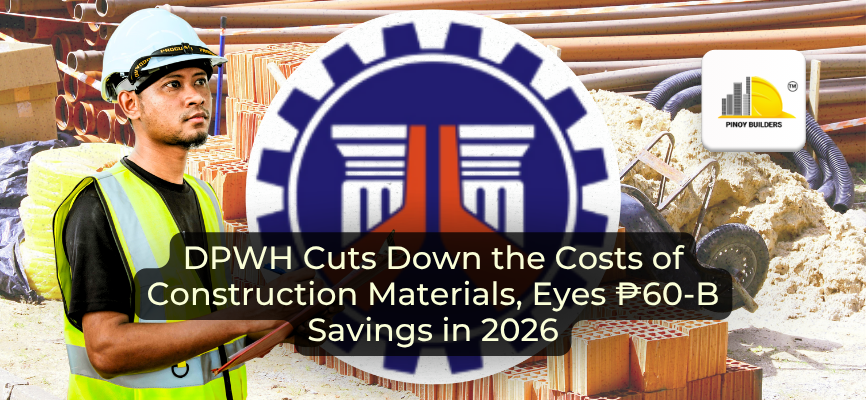In construction, accurate area measurements are critical to the success of any project. This is true for any project, DIY, or building construction. From laying the foundation to the finishing touches, precise measurements impact everything—from design efficiency and material costs to safety and overall project quality.
When measurements are off, even just by an inch, the financial implications can be significant. We can waste materials, delay projects, and even jeopardize people’s safety. Because of this, understanding and utilizing the right tools and techniques for measurement is essential for any construction professional.
In this article, let’s look over the basic tools, technologies, and techniques used to measure construction projects.

Technologies, Techniques, And Tools For Construction Project Measurements
The Tape Measure: A Fundamental Tool
The tape measure is a staple in the construction industry, with a rich history dating back centuries. This simple yet effective tool has evolved from basic wooden measures to the modern flexible steel versions we use today.
While tape measures are essential for everyday tasks—offering quick and reliable measurements—they come with limitations. Their length constraints can lead to inaccuracies, and human error in reading measurements can compromise the integrity of a project.
Standard Technologies in Construction Measurement

Laser Measuring Tools
Laser measuring devices represent a significant advancement over traditional tape measures. These tools use laser technology to deliver accurate measurements with ease. They can measure distances of up to several hundred feet with pinpoint precision, eliminating many of the human errors associated with tape measures.
There are popular bands on the international market that are praised for their user-friendly interfaces and reliability, making them invaluable for modern construction projects.
3D Laser Scanning Technology
Construction measurements are undergoing a revolution thanks to 3D scanning. This technology captures comprehensive, three-dimensional data about a site or structure, allowing for accurate area measurements and detailed analyses. One of the key benefits of 3D scanning is its ability to provide a complete picture of a space, which is especially useful in large-scale projects.
Drones for Site Measurement
Drones are emerging as powerful tools for measuring construction sites. Equipped with high-resolution cameras and specialized software, drones can capture detailed topographical data quickly and efficiently. This technology allows construction professionals to gather comprehensive area measurements without the challenges of physically accessing difficult terrains. Applications range from mapping large sites for residential developments to monitoring progress on extensive commercial projects.
Techniques for Accurate Measurements
Best Practices for Using Measuring Tools
- Calibration: Maintain accuracy by properly calibrating laser devices before use.
- Consistent Techniques: Use uniform measuring methods for every project to minimize discrepancies.
- Cross-Verification: Always verify measurements by using multiple tools, such as combining tape measures and laser devices, to reduce the risk of errors.
Importance of Site Preparation
- Clear Obstacles: Remove debris, tools, and other obstacles from the measurement area to ensure a clear line of sight and prevent inaccuracies.
- Establish Reference Points: Mark reference points on-site to guide measurements and provide consistency.
- Consider Terrain: Assess the site’s terrain and conditions (e.g., slopes, elevation changes) to adapt measurement techniques accordingly.
Real-World Applications
Determining Room Sizes and Layouts
Accurate measurements are vital for designing functional spaces. A case study in residential construction showcases how precise measurements enabled the successful design of a kitchen layout that maximizes space and utility, ensuring both aesthetic appeal and practicality.
Site Planning and Land Development
In commercial development, area measurements play a crucial role in zoning and land use planning. A well-executed project that exemplifies this is a mixed-use development, where precise measurements played a crucial role in meeting regulatory compliance and creating efficient layouts that cater to business needs.
Renovations and Remodels
For renovation projects, accurate measurements are essential to assess existing structures. An illustrative case study highlights a renovation where precise measurements helped avoid costly mistakes, ensuring that new designs integrated seamlessly with existing elements.
Using the Right Tools, Techniques, and Tools for the Right Measurements
Accurate measurements are foundational to successful construction projects. Utilizing a blend of traditional and emerging technologies helps construction professionals improve the quality and efficiency of their work. As measurement technology continues to advance, staying informed about these tools and techniques will be vital for those in the industry.
References:
Gabel, E. (2024, September 5). Redefining Construction Standards With High-Precision Measurement Techniques. Construction Executive. Retrieved October 15, 2024, from https://www.constructionexec.com/article/redefining-construction-standards-with-high-precision-measurement-techniques










